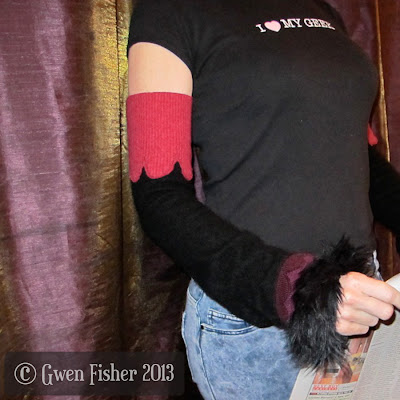You might not know this about me, but I used to be a math teacher, a math professor, actually. I taught math in the American public education system for 15 years. I still often think of myself as a math teacher, even though I don't work in a classroom anymore. It's part of me, my identity. My friends tease me about being a math nerd, which I kind of like. I have always enjoyed sharing math ideas with other people, and I've been known to do it in the strangest of times and places. That's why when I was asked this week to make some Doceri videos that address the Common Core State Standards in middle school mathematics, I was happy to comply.
The first video is about Paulo who peels potatoes. If Paulo can peel 3 potatoes each minute, how long will it take Paulo to peel 20 potatoes?
What if 5 potatoes are already peeled for him? Then how long will it take?
This video uses ratios to solve the first problem, and a linear relationship in the second problem. Ratios are taught in the upper elementary grades, and linear relationships are taught in seventh grade. This content address Common Core State Standard
CCSS.Math.Content.7.EE.B.4b.
Here is a lesson on how to prove the quadratic formula that addresses an eighth grade standard. This is likely the most sophisticated concept that is commonly addressed in middle school algebra. I can't tell you how many times I proved this for my students. Many. And I never taught a full course on 8th grade math. Even still, this proof came up a lot. This content addresses the Common Core State Standard CCSS.Math.Content.HSA-REI.B.4a.
There's something quite satisfying about making a video that answers a question that I have answered so many times before. Thanks for looking.
I made these videos with Doceri software on my iPad.
The first video is about Paulo who peels potatoes. If Paulo can peel 3 potatoes each minute, how long will it take Paulo to peel 20 potatoes?
What if 5 potatoes are already peeled for him? Then how long will it take?
Here is a lesson on how to prove the quadratic formula that addresses an eighth grade standard. This is likely the most sophisticated concept that is commonly addressed in middle school algebra. I can't tell you how many times I proved this for my students. Many. And I never taught a full course on 8th grade math. Even still, this proof came up a lot. This content addresses the Common Core State Standard CCSS.Math.Content.HSA-REI.B.4a.
I made these videos with Doceri software on my iPad.






















